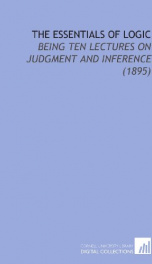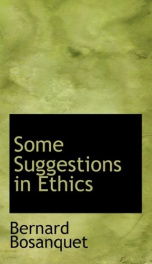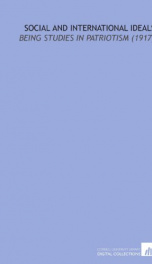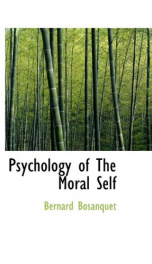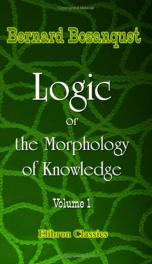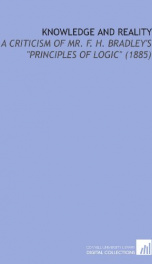essays and addresses

Purchase of this book includes free trial access to www.million-books.com where you can read more than a million books for free. This is an OCR edition with typos. Excerpt from book: IV. ARTISTIC HANDWORK IN EDUCATION. MANY influences combine at the present moment in favour of educational reform in a certain definite directionthe direction of what is sometimes called manual instruction. First among these influences we might reckon the " Kindergarten" movement, tracing its descent from Frobel, and through him, perhaps, from Rousseau, Schiller, and Goethe. The principle of this movement is, in Frobel's own words, to impart "a human education by the appropriate training of the productive or active impulses." A fine and complete school on this principlenot a mere kindergartenis Dr. Adler's school in New York, which our technical commissioners refer to as based on a method of " creative " education. The idea of calling into play the productive impulse was not in itself newthe teaching of Latin versifying might be defended on this groundbut in its application to manual work, and to the early training of children, it was practically a new departure. The kindergarten employments, especially Frobel's highest employment, clay-modelling, are closely akin to, and an excellent basis for, the kind of teaching which I am to discuss to-day. An address delivered before the Self-Help Society, at Oxford, on behalf of the Home Arts and Industries Association. This Association has no connection with any other Society for which I have lectured. Another influence at work in a similar direction is that of the demand for natural-science teaching. The direct contact with objectsletting the boy feel, as Professor Huxley has said, the pull of the magnet for himselfthe work of the microscopical or of the physical laboratory, and the elementary handwork required of the student in such laboratories, all tend to confer an instinctive grasp of principle, and a habitual ...
Info about the book
Author:
Series:
Unknown
ASIN:
B008LQYXOY
Rating:
3.5/5 (1)Your rating:
0/5
Languge:
English
Users who have this book
Users who want this book
What readers are saying
What do you think? Write your own comment on this book!
write a commentif you like essays and addresses try:
Other books by this author
Do you want to read a book that interests you? It’s EASY!
Create an account and send a request for reading to other users on the Webpage of the book!

